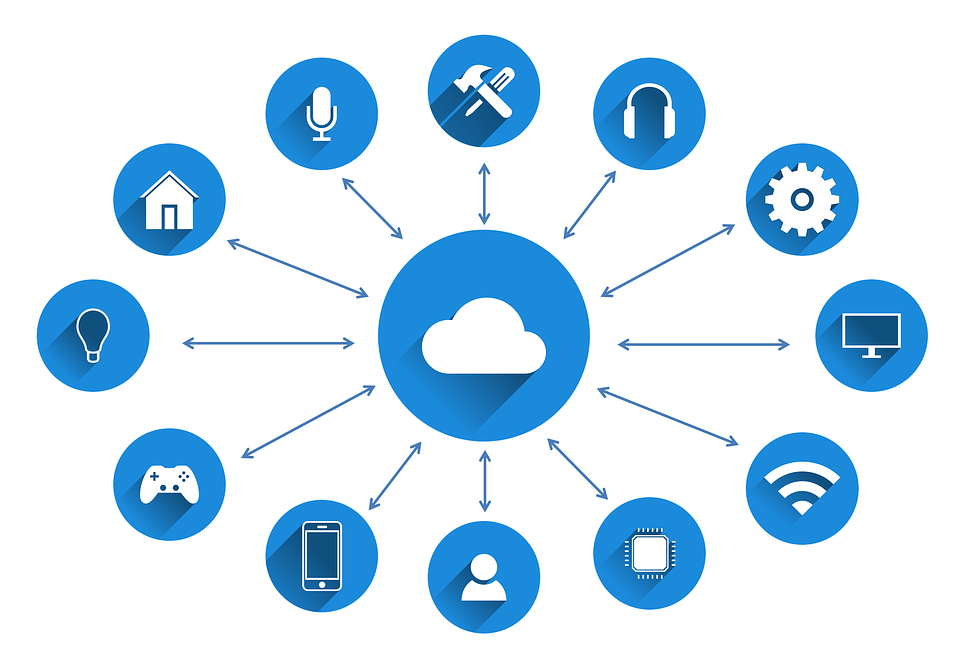The Internet of Things (IoT) has become a technology buzzword for good reason. Gartner, Inc., estimates there will be more than 20 billion endpoint devices by the year 2020. Many of those devices will act as sensors designed to aggregate and report on data within their connected network.
The IoT has potential applications far beyond the relatively limited functions currently being utilized. Integrated audiovisual and centralized communication technologies provide actionable intelligence about the operational efficiencies of commercial spaces; intelligence of that sort could potentially save companies millions. How do these changes affect the technology managers who are responsible for overseeing commercial environments on a daily basis? Here, we’ll look more closely at the evolution of IT roles as a result of the growing prevalence of IoT connectivity in commercial office spaces.
Technology Managers Emerge
“Technology management” is an umbrella term that encompasses a wide spectrum of IT-related job functions, including forecasting, implementing and measuring an organization’s technology strategy. Understanding the value that emerging technologies bring to that strategy, and being able to deploy them effectively, is a cornerstone of technology management.
Emerging technology has played a central part in the gradual evolution of IT, technology and network-security roles. Most significantly, the widespread use of IoT endpoint devices has resulted technology managers having to have a larger set of technical core competencies. Commercial office spaces are also investing in collaborative technologies with video and chat capabilities, necessary to accommodate a larger remote workforce. The rapidly evolving work environment has increased the need for savvy, holistic technical experts.
Smart Offices
The commercial IoT has been a significant driver of change in the design of “smart offices,” which are workspaces that reflect a confluence of IT and AV best practices. Indeed, widespread adoption of IoT devices within office environments alone could have an estimated economic impact of $70 billion to $150 billion in 2025, according to research from McKinsey & Co.
To have a truly “smart” workspace, however, efficiencies of all kinds—including those not obviously technological—must be realized. According to data from The Square Foot, across several major American cities, it costs between $4,000 and $15,000 per year to rent office space, per employee. Those figures encompass the proportionate campus rent, office utilities, furniture, tax and insurance. Yet, on average, according to Workplace Management Services, about 50 percent of workstations are either underutilized or temporarily unoccupied throughout the day. Naturally, that is a cause of concern for office managers.
With enhanced reporting visibility made possible by increasingly sophisticated interconnected devices, IT professionals can make better-informed decisions about space allocation, real estate and office design. The IoT can help manage and utilize spaces by monitoring the number of workers who occupy an area at any given point in time. Devices like sensors and RFID tags in smart room hubs can help inform future planning, which will ultimately optimize space usage.
Improved Collaboration
There’s a growing belief in the IoT’s ability to improve the interpersonal behaviors that drive business success. Modern working environments make use of AV solutions and collaboration technology to help disparate teams of workers—whether physically present or remote—to use multiple devices in a shared workspace. Experts point to examples such as huddle rooms, data-visualization displays and project-management platforms as trends that are redefining meetings and meeting spaces.
Focus On Network Security
Security has always been an important topic, but it’s now becoming even more critical, as our society becomes more connected. The ascendance of IoT in commercial office spaces, coupled with AV and IT convergence, has led decision-makers to prioritize ensuring the IoT is secure.
With the increased prevalence of network-connected devices, corporate campuses have become prime targets for cyber attacks by those seeking sensitive information. Indeed, network security experts say that smart devices provide a “worldwide digital playground” for increasingly sophisticated cyber criminals. A common method is the hijacking and conversion of thousands of unsecured devices into botnets for distributed denial of service (DDoS) hacks. There are also more sophisticated lateral attacks, where hackers jump from device to device, eventually breaking into corporate networks, gaining systems access and collecting important data—all from a single initial point of entry.
Companies are beginning to keep sensitive data in the cloud and in digital databases. As such, technology managers have the added responsibility to maintain compliance with regulatory standards relating to data storage and usage. Maintaining a verified update cycle is key to keeping security protocols up to date.
What Does This Mean?
As AV resources have become more ingrained within IoT solutions, they in many cases have fallen under the purview of IT professionals and network managers. This migration of responsibilities raises questions and potential concerns, as people speculate about an uncertain future. Most believe, however, that, with proper training and development, hybridized roles can be created that encompass elements of AV, IT, network security and other disciplines.
Although machine-to-machine communication has minimized human involvement in basic operational tasks, it has not—and will not—replace the need for human intervention and expertise. In fact, the advent of commercial IoT usage can produce a technology role that, although still in its infancy, will have practical, real-world implications across the economy. It will fall to tomorrow’s technology managers to leverage the data-gathering abilities of networked devices judiciously, and then implement organizational changes that, ultimately, will extend the efficiencies IoT technology can deliver.
